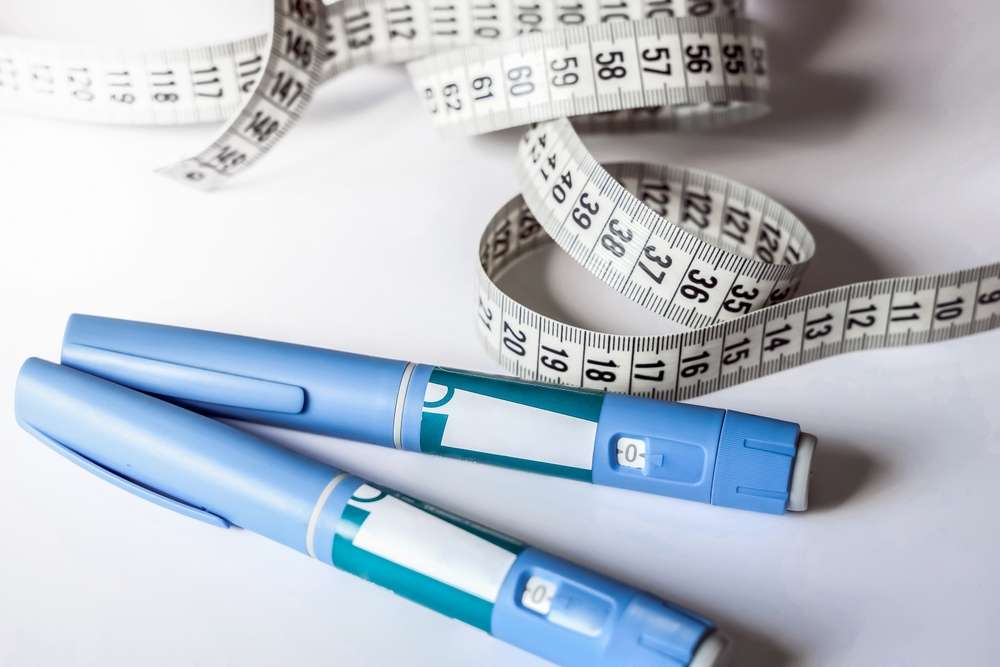All-on-4 Dental Implants Explained : Full Set of Permanent Teeth on a Single, Fixed Bridge
All-on-4 dental implants represent a revolutionary solution for individuals facing complete tooth loss or extensive dental issues. This innovative technique uses just four strategically placed implants to support a full arch of replacement teeth, offering a permanent alternative to traditional dentures. The procedure provides immediate functionality and aesthetic appeal, transforming smiles and restoring confidence in a single treatment session.

Missing multiple teeth or facing complete tooth loss can significantly impact quality of life, affecting everything from eating and speaking to self-confidence. All-on-4 dental implants have emerged as a groundbreaking solution that addresses these challenges through an innovative approach to full-mouth restoration. This technique revolutionizes traditional implant dentistry by supporting an entire arch of teeth with just four carefully positioned implants.
The All-on-4 concept maximizes the use of available bone structure while minimizing the need for complex bone grafting procedures. By angling the posterior implants and placing them in areas with denser bone, this method can often accommodate patients who might not be candidates for conventional implant approaches. The result is a fixed, non-removable bridge that functions like natural teeth.
What Are All-on-4 Dental Implants?
All-on-4 dental implants consist of four titanium posts surgically placed into the jawbone to support a complete arch of prosthetic teeth. Unlike traditional implant methods that may require six to eight implants per arch, this technique strategically positions four implants to distribute forces effectively across the jaw. Two implants are placed vertically in the front of the mouth, while two are angled up to 45 degrees in the back, taking advantage of stronger bone areas.
The prosthetic bridge attached to these implants contains 12 to 14 teeth, providing full chewing functionality. The implants integrate with the jawbone through a process called osseointegration, creating a stable foundation that can last decades with proper care. This approach offers immediate loading capabilities, meaning patients can receive temporary teeth on the same day as implant placement.
In Which Clinics Can You Get Them?
All-on-4 procedures are available at various dental facilities, from specialized oral surgery centers to comprehensive dental practices. Many periodontists, oral surgeons, and prosthodontists offer this treatment, often working as part of a multidisciplinary team. Some dental practices focus exclusively on implant dentistry and maintain advanced surgical suites equipped with 3D imaging technology and computer-guided surgery systems.
When selecting a provider, patients should look for clinics with extensive experience in full-arch implant rehabilitation. Many facilities offer consultation services where patients can discuss their specific needs and receive detailed treatment plans. Some practices also provide financing options and work with dental insurance providers to maximize coverage for eligible procedures.
What Is The Process for Getting All-on-4 Dental Implants?
The All-on-4 process typically begins with comprehensive evaluation including 3D cone beam CT scans to assess bone density and structure. During the initial consultation, dental professionals create detailed treatment plans using computer-guided surgery planning software. This technology allows precise implant placement and helps predict final outcomes.
On the day of surgery, existing teeth are removed if necessary, and the four implants are placed according to the predetermined plan. The angled posterior implants often eliminate the need for sinus lifts or bone grafting procedures. Immediately following implant placement, a temporary bridge is attached, allowing patients to leave with functional teeth the same day.
The healing period typically lasts three to six months, during which osseointegration occurs. Patients return for regular follow-up appointments to monitor healing progress. Once integration is complete, the temporary bridge is replaced with the final prosthetic, custom-designed for optimal function and aesthetics.
| Provider Type | Services Offered | Key Features |
|---|---|---|
| Specialized Implant Centers | Full-arch rehabilitation, computer-guided surgery | Advanced technology, dedicated surgical suites |
| Oral Surgery Practices | Implant placement, bone grafting if needed | Surgical expertise, hospital affiliations |
| Comprehensive Dental Offices | Complete treatment planning, restorative work | Coordinated care, multiple specialists |
| University Dental Schools | Treatment by supervised students | Reduced costs, latest techniques |
Recovery from All-on-4 surgery involves following specific post-operative instructions to ensure proper healing. Patients typically experience some swelling and discomfort for the first few days, which can be managed with prescribed medications and cold compresses. A soft food diet is recommended initially, gradually progressing to normal foods as healing progresses.
Long-term success of All-on-4 implants depends on proper oral hygiene and regular dental visits. Patients must clean around the implants daily using special brushes and floss designed for implant maintenance. Professional cleanings every three to four months help prevent peri-implantitis, a condition that can compromise implant stability.
The All-on-4 technique offers numerous advantages over traditional dentures, including improved chewing efficiency, better taste sensation, and elimination of denture adhesives. The fixed nature of the restoration provides confidence in social situations and allows patients to enjoy foods they may have avoided with removable dentures. With proper care, All-on-4 implants can provide decades of reliable function and natural-looking aesthetics.
This article is for informational purposes only and should not be considered medical advice. Please consult a qualified healthcare professional for personalized guidance and treatment.




